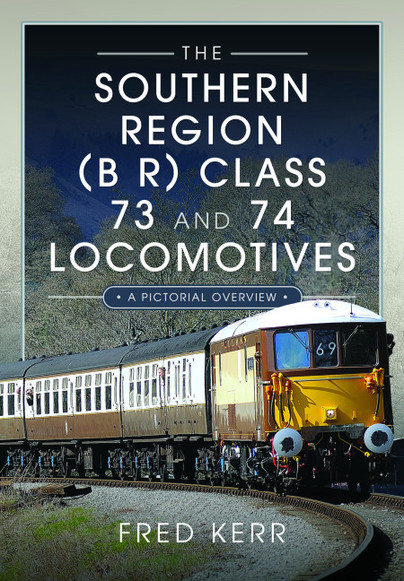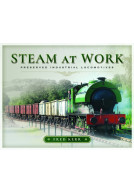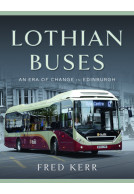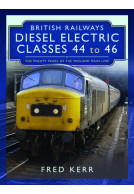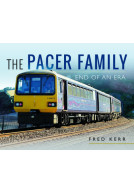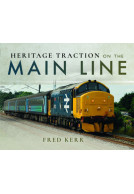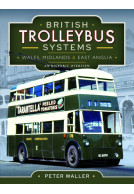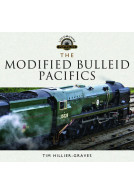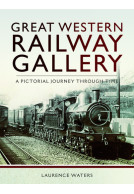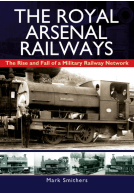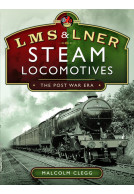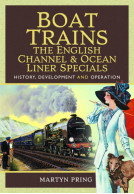The Southern Region (B R) Class 73 and 74 Locomotives (ePub)
A Pictorial Overview
Imprint: Pen & Sword Transport
File Size: 157.0 MB (.epub)
ISBN: 9781399048828
Published: 30th November 2023
| Other formats available - Buy the Hardback and get the eBook for £1.99! | Price |
|---|---|
| The Southern Region (B R) Class… Hardback Add to Basket | £20.00 |
The Southern Region of British Railways had long sought to design a locomotive capable of working on electrified lines and non-electrified station yards and sidings. In 1959 British Railways approved a design, designated Class HA, later British Railways Class 73, which combined the electrical equipment of the latest EMU design with the standard English Electric diesel engine in one bodyshell. An initial order was placed for six locomotives but allocated to Eastleigh Carriage and Wagon Works because the design used stock components normally found on the multiple unit fleet.
The locomotives were released to traffic during February 1962 and were allocated to Stewarts Lane depot from where they powered the mundane duties of freight, parcels and empty stock services. They also tested the principle of high-speed propulsion of passenger trains prior to the adoption of the principle for the electrification of the Waterloo – Weymouth line as far as Poole. Included in this scheme was the ordering of a further 43 improved Class 73 locomotives which were built by English Electric.
The locomotives proved a useful design but when British Railways was privatised in 1994 the new operator considered them surplus and sold them out of service. The original 6 locomotives had already been transferred north to Merseyside to work on the local electric network. Although initially considered unsuitable by the original operator they were highly regarded by many companies hence were sold on to continue working on the national network. Some were converted for special purposes thus were formed into sub-classes hence as at December 2022 30 of the 49 fleet still remain active in mainline service.
"As a portrait of the two classes, this book includes many interesting sidelights as well as the main highlights of their career."
The Railway Correspondence and Travel Society - The Railway Observer - February 2024, Volume 94, Number 1140
As featured in
National Railway Museum Review – The Journal of the Friends of the National Railway Museum – No186, Winter 2023/24
The photos are plentiful, every type variation included and no detail or aspect of the loco’s life from commissioning to (mostly) scrapping excluded – the book does include examples of these locos that have survived into preservation. And while the book is pictorially led there is plenty of information included in the chapter intro texts and captioning.
Engineering in Miniature - December 2023
Any fan of diesel-electric traction looking for a prototype to model will find plenty of inspiration in this book and equally enough pictorial evidence to create a visually accurate model.
About Fred Kerr
Fred Kerr is a photographer whose lifelong interest in railways began in Edinburgh during the early 1950s and has continued throughout his life since. His family move to Northamptonshire in 1956 introduced him to the Midland Main Line where the transition from steam to diesel traction became important as Derby Works reflected the change with new locomotives being tested and introduced to service. His early ventures into photography began in 1961 but became established during his University years in the early 1970s. Taking early retirement in 1994 he has spent time working for Colin Garratt, a muse whose inspiration provided opportunities to photograph railway scenes that have proved to be historic as the railway undergoes changes in both its structures and operations.







